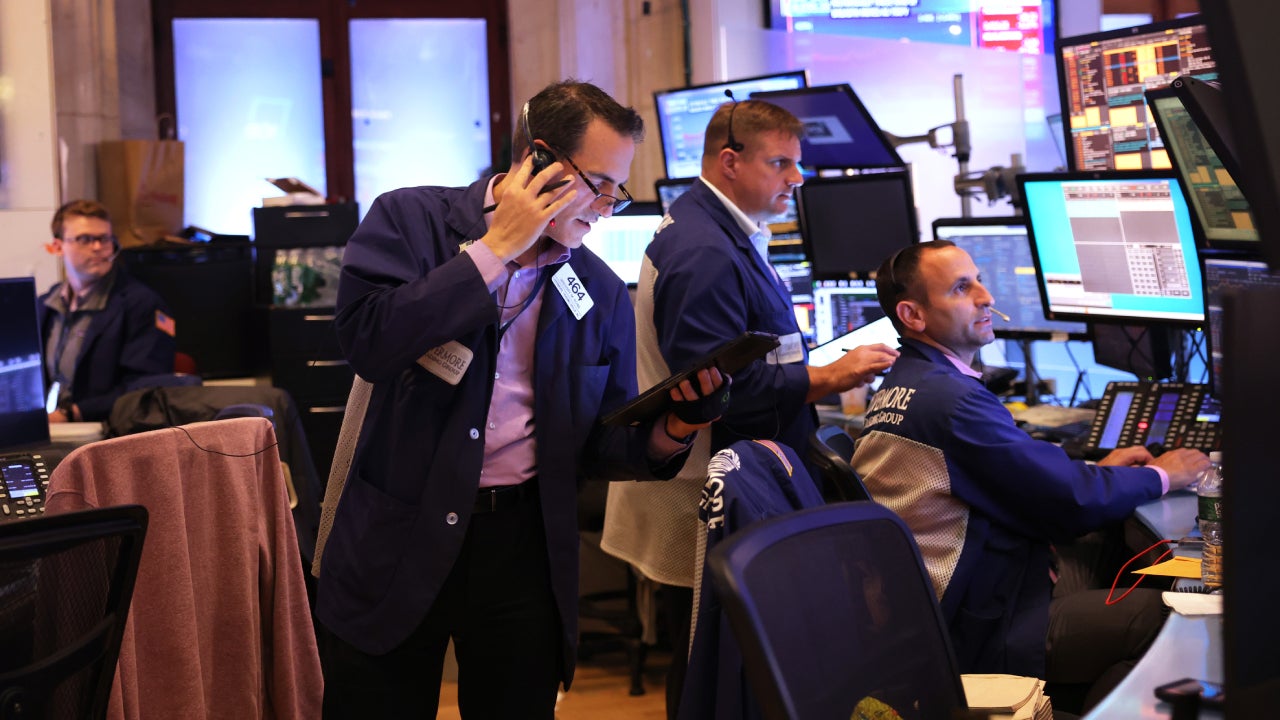After-hours trading: What it is and how it works



Our writers and editors used an in-house natural language generation platform to assist with portions of this article, allowing them to focus on adding information that is uniquely helpful. The article was reviewed, fact-checked and edited by our editorial staff prior to publication.
Trading in the stock market doesn’t always stop when the regular market closes. For investors who want to respond to news and events outside of the standard market hours, after-hours trading offers this flexibility. But what exactly is after-hours trading, and how does it work?
Here are the ins and outs of after-hours trading and how to navigate the extended-hours market.
What is after-hours trading?
After-hours trading refers to the buying and selling of stocks outside of the standard trading hours of 9:30 a.m. to 4 p.m. Eastern Time (ET). This form of trading occurs on electronic marketplaces known as electronic communication networks (ECNs), which match potential buyers and sellers of securities.
After-hours trading typically runs from 4 p.m. to 8 p.m. ET, Monday through Friday. While this session extends the opportunity for trading, the majority of after-hours trading occurs between 4 p.m. and 6 p.m. ET, with activity often slowing significantly after that. Meanwhile, pre-market trading can begin as early as 4 a.m. ET, though brokers typically start at 7 a.m.
How does after-hours trading work?
After-hours trading operates similarly to regular trading hours, with investors placing orders to buy or sell stocks. However, fewer traders participate in extended-hours trading, meaning lower liquidity and more price volatility. This situation results in wider bid-ask spreads, which are the gaps between what buyers are willing to pay and what sellers are asking for a security.
Because of these factors, it can be harder for traders to execute trades quickly and at their desired prices, compared to trading during the normal market hours.
Bid-ask spread and after-hours trading
During the normal trading day, brokers must ensure customers the best price known as the National Best Bid and Offer (NBBO), but this requirement doesn’t apply to extended-hours trading. Due to the lower volume of trades compared to regular trading hours, the bid-ask spread is often wider during after-hours trading – resulting in less favorable prices for both.
Who can participate in after-hours trading?
After-hours trading is open to both institutional and retail investors. Initially, it was mostly used by institutional investors, but as technology advanced, the after-hours session grew in popularity among retail investors. The history of after-hours trading can be traced back to the early days of stock exchanges, but it became more accessible and formalized over time.
The New York Stock Exchange began offering after-hours trading to institutional investors in June 1991, allowing them to trade until 5:15 p.m. With the advent of ECNs, after-hours trading became more accessible to retail traders. Most investors can now access after-hours trading through their regular online broker. However, brokerages have specific rules for after-hours trading and may set parameters for when and how traders can participate.
How does after-hours trading affect stock prices?
After-hours trading can have a significant impact on stock prices. Price volatility can be more pronounced during after-market trading due to lower volumes.
If a company releases strong earnings after the market closes, its stock price may surge in after-hours trading as investors react to the news. For example, NVIDIA — a manufacturer of high-end graphics processing units — saw its stock price soar 8 percent during after-hours trading on Feb. 22, 2024 after the AI tech giant reported sales and revenue in the previous quarter that exceeded Wall Street analysts’ expectations.
These price changes may or may not carry over into the next regular trading session, depending on investor sentiment and other market conditions. In either case, the opening price for a stock the next day may be quite different from the after-hours price of the previous day.
How does news affect after-hours trading?
News events can have a significant impact on after-hours trading. Investors who participate in after-hours trading have the opportunity to react immediately to these events, potentially gaining an advantage. New information, such as company earnings releases or political developments, can lead to a reassessment of a stock’s value, resulting in significant price movements.
However, even if news makes investors reassess a company’s valuation, the number of shares available to transact is usually lower after-hours. This lack of liquidity can make it harder to execute trades quickly without moving the price significantly.
Pros and cons of after-hours trading
After-hours trading can be advantageous for investors but it’s important to be aware of limitations and drawbacks.
Pros
- Ability to react quickly: Investors can adjust their positions based on new information or initiate trades without waiting for the next regular session.
- Convenience: Trades can be executed outside of standard market hours.
- Potential for profit: When news influences a stock’s price, after-hours trading can give investors an opportunity to profit off the news.
Cons
- Less liquidity: Fewer buyers and sellers are transacting during this time, making it harder to execute trades quickly and at desired prices.
- Wider bid-ask spreads: Wider spreads can result in higher costs or less favorable prices.
- Price volatility: Dramatic price swings can be more pronounced in after-hours trading.
- Increased competition: There’s a risk of competition with institutional investors, who may have access to more resources and information.
Bottom line
After-hours trading provides an extended window for buying and selling stocks, offering the potential for profits and greater flexibility. However, it also comes with risks, including lower liquidity, higher volatility and wider bid-ask spreads. If you’re considering after-hours trading, it’s essential to understand how it works and its potential impacts on your investment strategy.
You may also like

What is hedging and how does it work?

How to trade stocks: A beginner’s guide


